Born From Kits: Volkswagen Invents The Incredible Money Machine

We have been writing about it for years, now, Bloomberg wakes up to it:
“Volkswagen AG will kick off its biggest technology overhaul in almost two decades.”
Bloomberg still has a hard time of coming to grips with the technological revolution. It’s not just that “more than 40 models will use a set of standardized components such as axles, steering columns and chassis,” as Bloomberg puts it. This is not a parts bin exercise. Through the Volkswagen empire, cars don’t just share the same steering columns. They are designed using standardized building blocks of a common kit architecture.
The kits have Teutonic names like “Modularer Querbaukasten” (MQB) and “Modularer Längsbaukasten” (MLB). Porsche is developing a “MMB” (Modularer Mittelbaukasten) for Mittelmotor (mid-engined) cars.
Volkswagen engineers are already working on the next generation of Baukastens, which could be the Mutter of all Baukasten.
According to Bloomberg, the exercise may lower costs by 5 billion Euros ($6.5 billion) a year, and cut assembly times by 30 percent.
Not quite understanding the kit architecture, Bloomberg raises the specter that one wrong bolt could now bring the whole company down. They cite Christoph Stuermer, a Frankfurt-based analyst with IHS Automotive, which is not known for its precise predictions:
“If something goes wrong, then one may get hit by an epidemic plague. The more connected the structures, the higher the threat of contagion.”
Volkswagen already has quite cleverly leveraged platforms across models, brands and segments. There is very little similarity between an Audi TT and a Volkswagen Beetle, despite them (and a panoply of others) sharing the same underpinnings. The kit architecture takes this principle to a new dimension. Properly executed, it can make for a very profitable car company. Juergen Pieper, an analyst with Bankhaus Metzler inFrankfurt, estimates that the technology will save 5 billion Euros by 2016, and says:
“The parts-sharing program is a very big lever to improve profitability that other companies don’t make use of because of the complexity. Without this cost-cutting program, margins wouldn’t likely rise from this year’s peak.”
Volkswagen reported an operating margin of 7.7 percent through the first nine months of 2011 and has a goal of lifting that to more than 8 percent by 2018. Without the new vehicle architecture, margins could average about 6 percent, said Pieper.

Bertel Schmitt comes back to journalism after taking a 35 year break in advertising and marketing. He ran and owned advertising agencies in Duesseldorf, Germany, and New York City. Volkswagen A.G. was Bertel's most important corporate account. Schmitt's advertising and marketing career touched many corners of the industry with a special focus on automotive products and services. Since 2004, he lives in Japan and China with his wife <a href="http://www.tomokoandbertel.com"> Tomoko </a>. Bertel Schmitt is a founding board member of the <a href="http://www.offshoresuperseries.com"> Offshore Super Series </a>, an American offshore powerboat racing organization. He is co-owner of the racing team Typhoon.
More by Bertel Schmitt
Latest Car Reviews
Read moreLatest Product Reviews
Read moreRecent Comments
- Oberkanone The alternative is a more expensive SUV. Yes, it will be missed.
- Ajla I did like this one.
- Zerofoo No, I won't miss this Chevrolet Malibu. It's a completely forgettable car. Who in their right mind would choose this over a V8 powered charger at the rental counter? Even the V6 charger is a far better drive.
- Offbeat Oddity Nope, I won't miss it. I loved the 2008-2012 Malibu, but the subsequent generations couldn't hold a candle to it. I think the Impala was much more compelling at the end.
- Zerofoo An almost 5000 pound hot hatch that fell out of the ugly tree and hit every branch on the way down? No thanks.



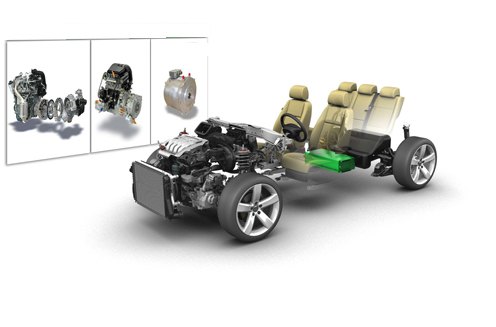













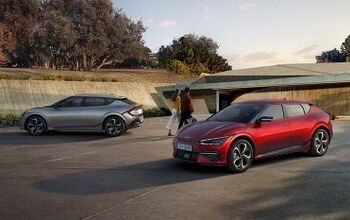
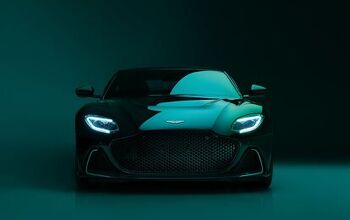
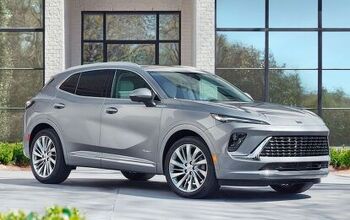

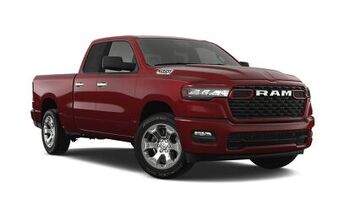

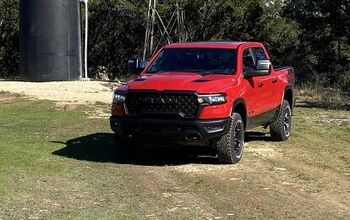
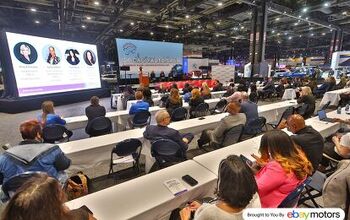

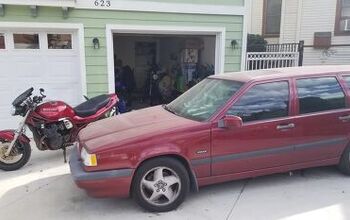
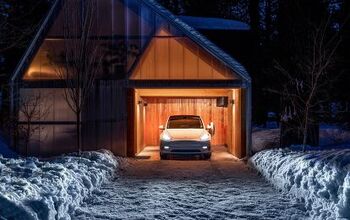
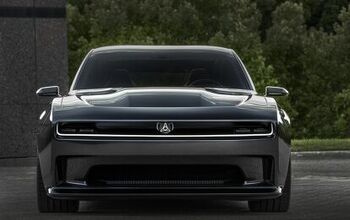
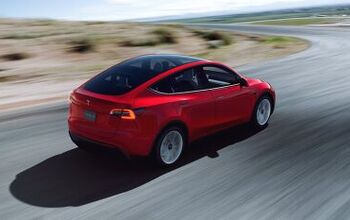
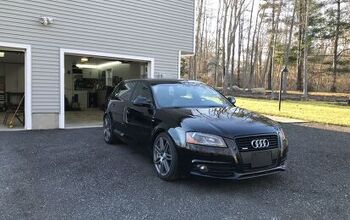




Comments
Join the conversation
gslippy is right, this to me sounds like a new spin on an old idea. Ok sure the Audi doesn't share the same parts as the VW.. ya know what? I don't care, you line the cars up side by side, along with the Skoda (not available in the USA) in their respective size and the amount of differentiation is negligible. On top of that, package in the long wheelbase models that you get here in China and frankly it becomes nearly impossible to tell an A4L from an A6 and an A6L from an A8 While the company is certainly containing it's costs through all this shared architecture, they have become so ubiquitous here in Shanghai that they are even more bland looking than Japanese cars. If you guys think Toyota is the definition of bland looking cars, come here. VW/Audi I truly feel is the most bland looking car company for sale today. There is so little differentiation between car sizes and sub-brands that I frequently wonder why they are selling so many different brands. It's so bad here I actually get excited when I see a Lexus just for something different.
Now, all VW (or someone else) needs to do, is making the specs for each of these components/sub assemblies public, along with a compliance testing procedure; and the automotive industry would finally at least be attempting to play catchup with consumer electronics :)